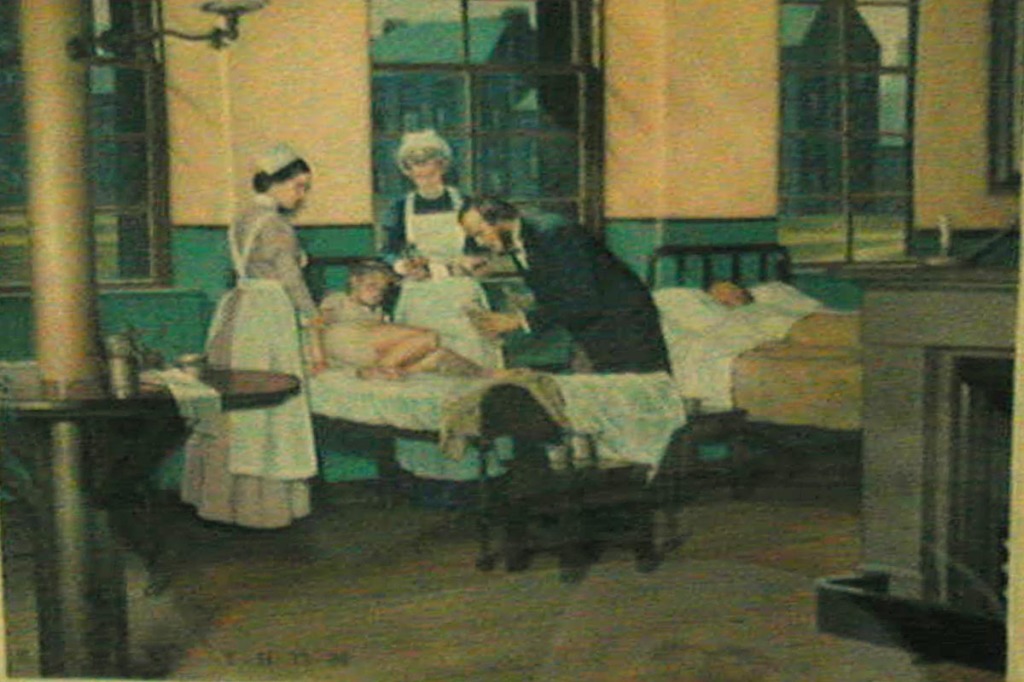
I have previously written posts about a coming doctor shortage.
They assume that primary care will be delivered by nurse practitioners and physician assistants. They are probably correct as we see with the new Wal Mart primary care clinics.
The company has opened five primary care locations in South Carolina and Texas, and plans to open a sixth clinic in Palestine, Tex., on Friday and another six by the end of the year. The clinics, it says, can offer a broader range of services, like chronic disease management, than the 100 or so acute care clinics leased by hospital operators at Walmarts across the country. Unlike CVS or Walgreens, which also offer some similar services, or Costco, which offers eye care, Walmart is marketing itself as a primary medical provider.
This is all well and good. What happens when a patient comes in with a serious condition ?
The health policy “experts” have been concerned to train “lesser licensed practitioners” and have pretty much ignored primary care MDs except to burden them with clumsy electronic medical record systems that take up time and make life miserable.
I repeatedly ask medical students if they would choose a career in primary care if it would completely erase their student loan debt. A few hands go up, but not many. In fact, for a while now, the federal government has dedicated millions of dollars to repaying loans for students who choose primary care. Yet residency match numbers show that the percentage of students choosing primary care is not increasing. Though loan forgiveness is a step in the right direction, medical students realize that by choosing a more lucrative specialty, they can pay off their loans just fine.
I proposed years ago, a health reform that resembled that of France where medical school is free. It could be arranged that service in primary care, low income clinics would give credit against student loans. Nothing happened. Except physician income has declined. And tuition has increased.